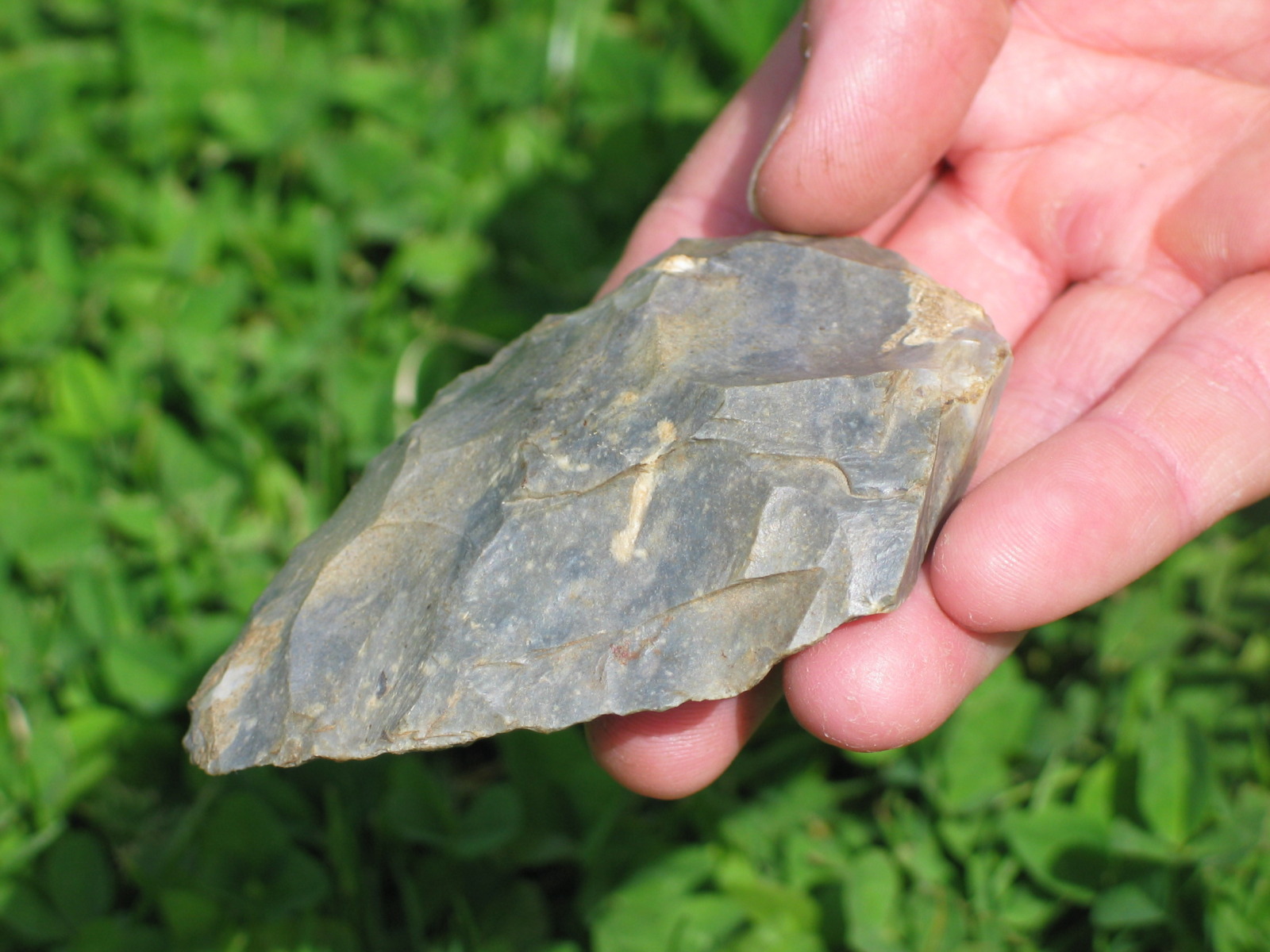Scientists at Tel Aviv University have discovered and analysed some remarkable stone age tools that they say are the first evidence of humans felling trees to clear agricultural land, and to use wood as a building material.
At a Neolithinc site called the Motza, which is close to Jerusalem, Ran Barkai and his colleagues found flint tools among many other fascinating remnants of a settlement that dates to about 8600BC.
 It was already known that the stone age heralded a revolution in the way humans lived - people began to farm, create settlements and to make these stone tools. But this new analysis has revealed exactly how their tool-making evolved and how it affected the way people lived.
It was already known that the stone age heralded a revolution in the way humans lived - people began to farm, create settlements and to make these stone tools. But this new analysis has revealed exactly how their tool-making evolved and how it affected the way people lived.
Dr Barkai and his team used a technique called "microwear analysis", scrutinising the wear and tear to the tools to see exactly how they were used.
The scientist explained that, during the early Neolithic period, people developed new type of axe that could effectively fell trees. This, he said, "is the very first appearance of such tool in our history".
The findings appear to confirm that during the first phase of the Neolithic, villagers added heavy-duty axes to a toolkit they had previously used for carpentry. They began to clear forests for fields and grazing lands.
"Sustainable forest management", the team says, continued for the duration of the stone age.
Dr Barkai said this was evidence of Neolithic man being the "very first lumberjack".
The ability to fell trees and really use the forests is also coincident with the emergence of more permanent human settlements and even a change in the types of houses that people built.
"The appearance of this heavy and very efficient axe corresponds very well with the actual transition to agriculture and the shift from round to square architecture," Dr Barkai told me.
"And this is no coincidence, since human needs have changed dramatically at this time, and are still changing."










Comments
Add a comment